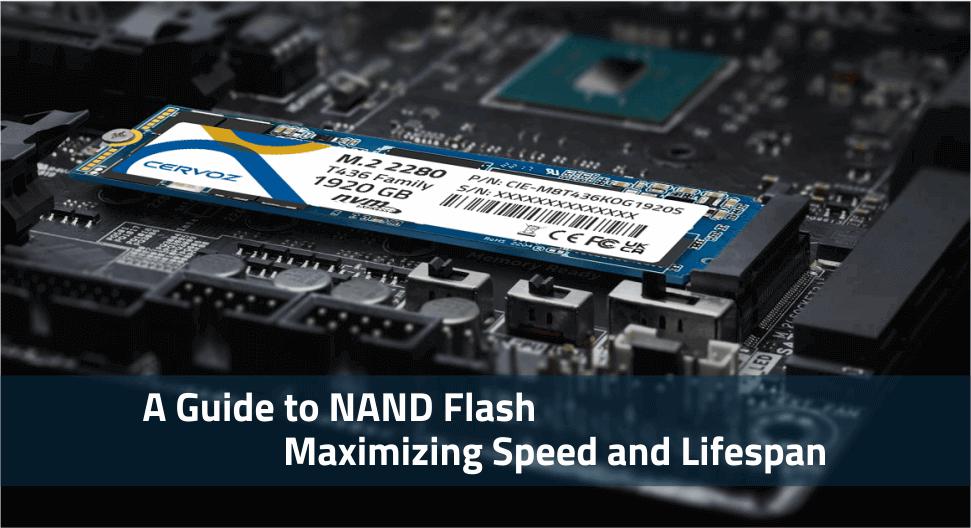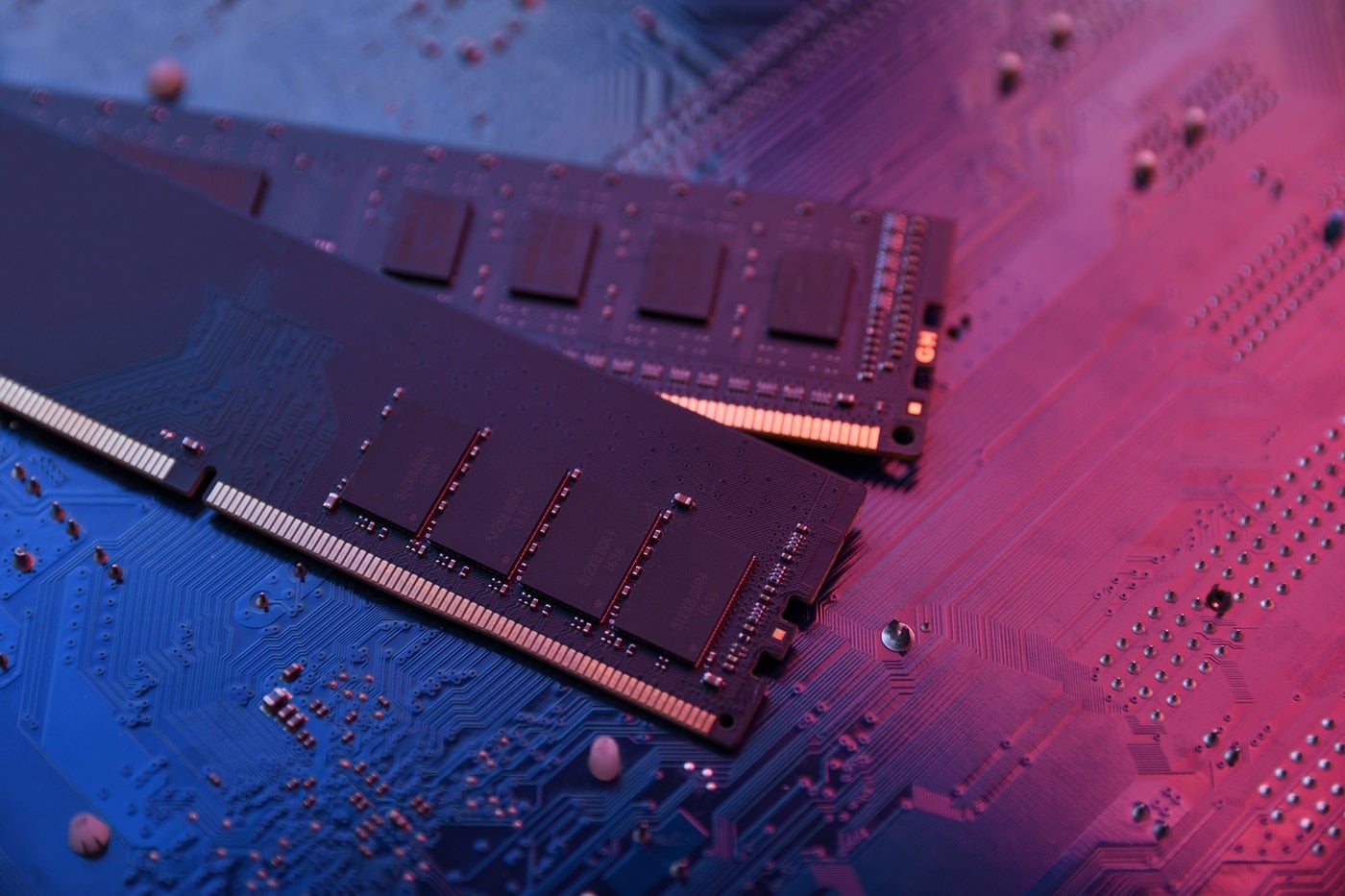
With the increasing demand for artificial intelligence and high-performance computing in data centers, memory prices have shown a continuous upward trend. However, the growth of consumer market demand is not obvious, which has led to tensions between memory manufacturers and downstream manufacturers on price strategies.
Recently, in order to recover performance, the original memory factory began to take price measures to try to return to the price level before the production cut. This strategy is aimed at achieving a turnaround in performance. However, according to market news, this practice has begun to be opposed by downstream manufacturers, and they may resist the price increase of the original factory by reducing the purchase volume.
According to market researcher Trendforce, while Kioxia and WDC have increased capacity utilization since the first quarter of 2024, other suppliers have maintained a cautious low production strategy. Despite a slight decline in NAND Flash purchases in the second quarter, the contract price of NAND Flash is expected to rise by 13% to 18% in the second quarter due to the inventory reduction of suppliers and the impact of production cuts.
In the DRAM space, although supplier inventory levels have declined, they are still not at healthy levels. Against the backdrop of improved losses, suppliers increased capacity utilisation. However, given the poor overall demand outlook for 2024 and the fact that suppliers have already raised prices significantly since Q4 2023, the inventory restocking momentum is expected to gradually weaken. The quarterly increase in DRAM contract prices is expected to narrow in the second quarter and is expected to be between 3% and 8%.
It is worth noting that although memory prices have risen due to the growth of the data center market, the weak demand in the consumer market has made the continuous price increase strategy of the original factory has caused dissatisfaction among downstream manufacturers. In particular, after the 0403 Hualien earthquake in Taiwan, China, Korean memory manufacturers have not yet resumed their offer, and Micron is prepared to increase its offer by more than 25% in the second quarter, which has put pressure on downstream manufacturers, prompting them to consider responding by reducing procurement.
Downstream module manufacturers have a high level of inventory, so they have a certain amount of room for price negotiations. The original factory has been cautious about expanding production after a long period of depression, which has resulted in no new capacity to join the market. At the same time, the capacity crowding out of popular products in the market such as HBM and DDR5 may also affect the price increase strategy of the original factory. In the future, whether the original factory will adjust the price increase or suspend the price increase plan remains to be further observed. However, this divergence in price may cause problems for customers of enterprise storage and server memory for some time.

Website: www.conevoelec.com
Email: info@conevoelec.com








